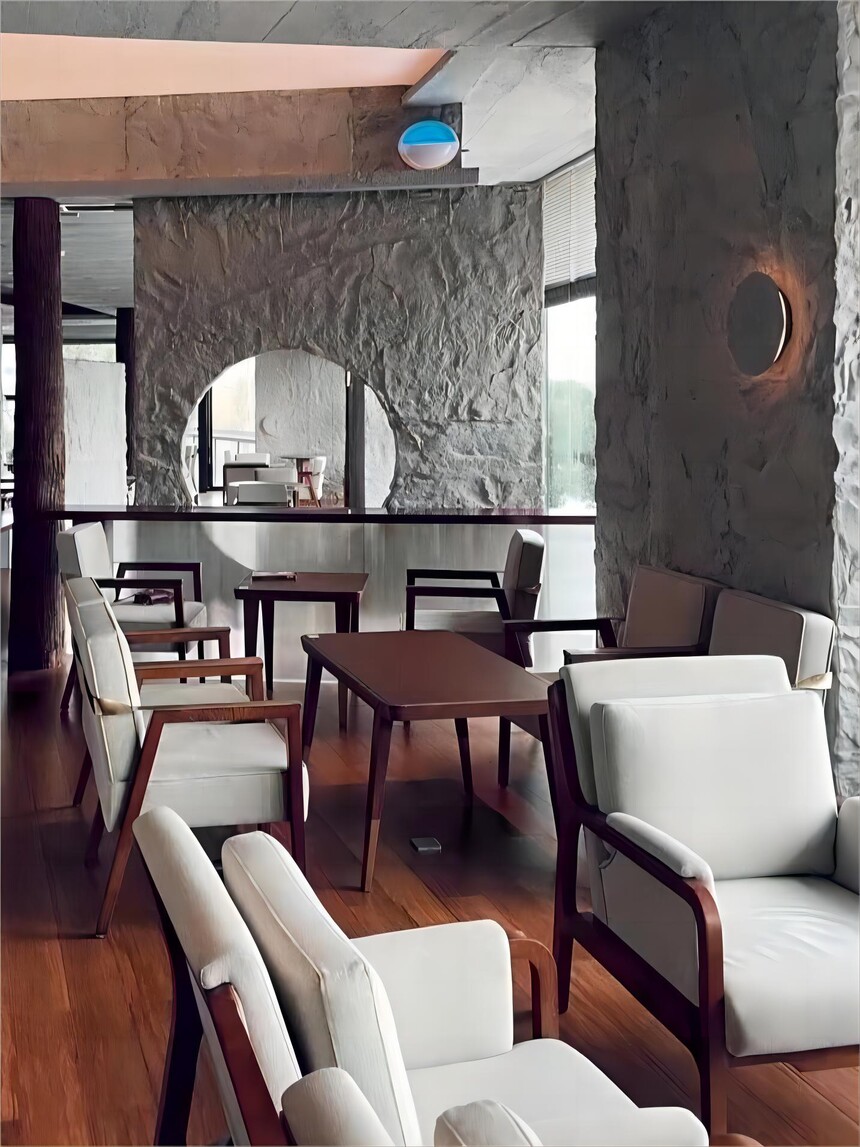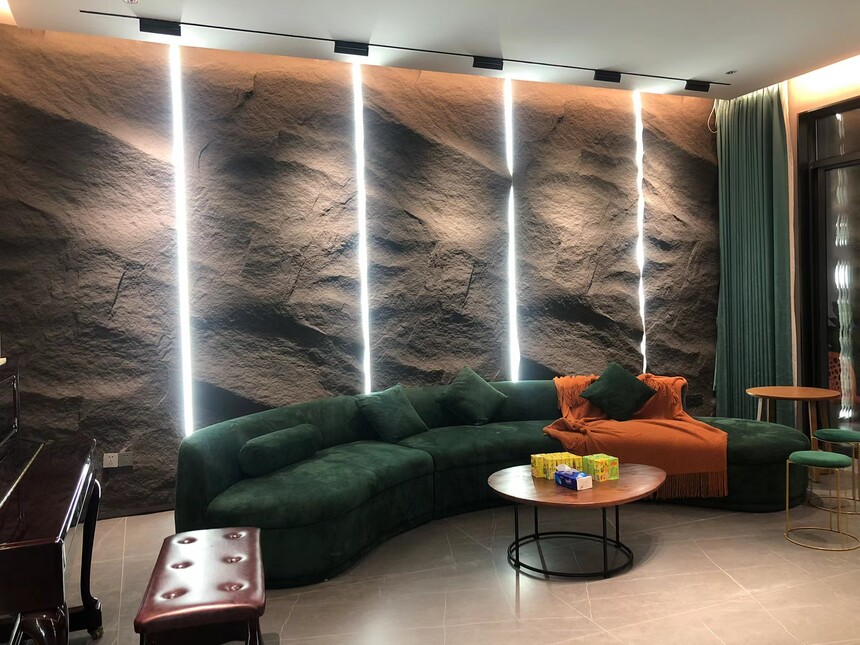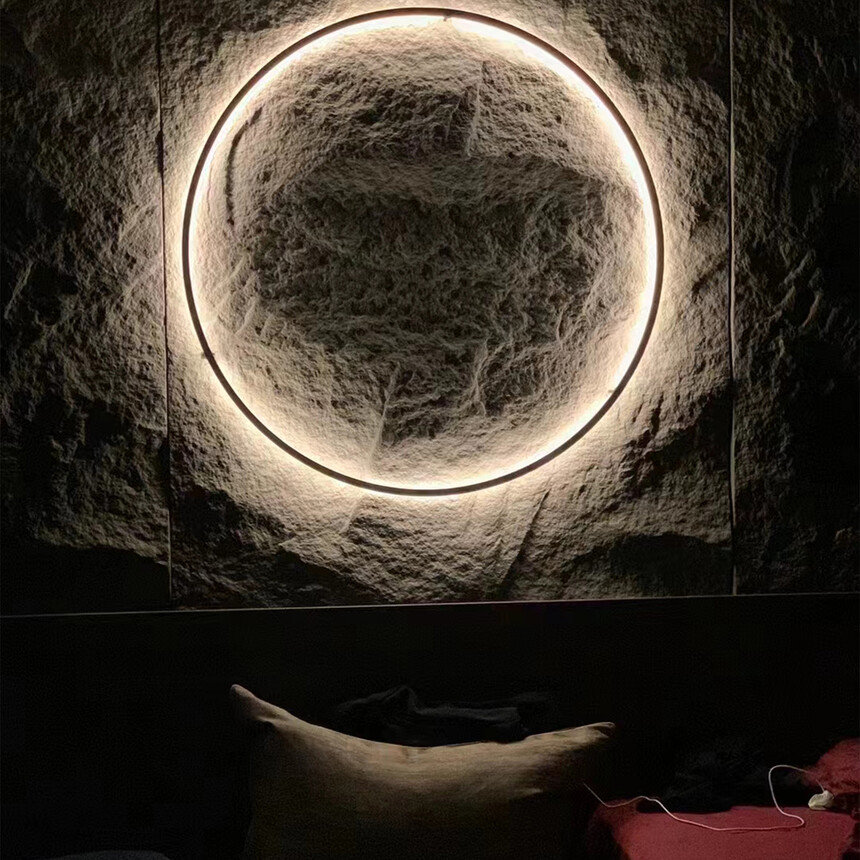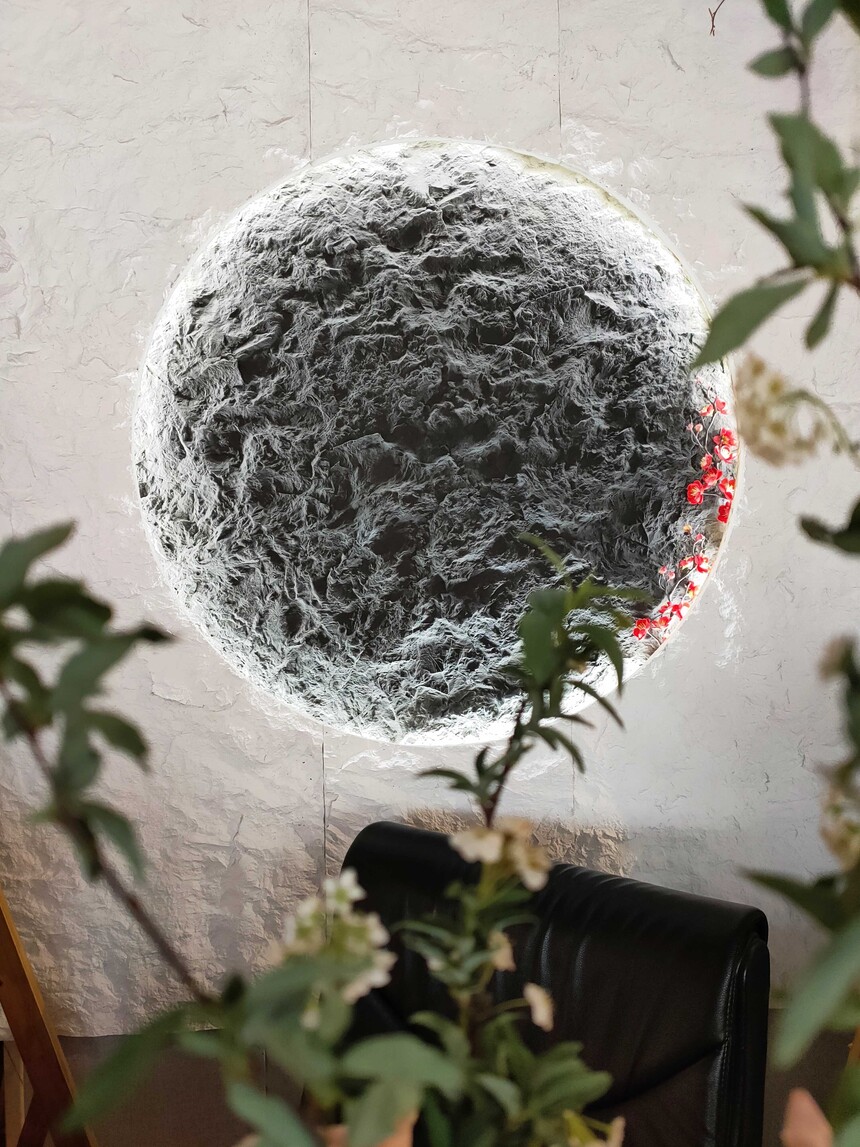|
What is PU? What material is PU made of?What is PU? What material is PU made of? In the past two years, textured stone finishes have appeared in many classic cases, but most people still keep their distance. After all, issues such as raw materials, cost, transportation, and construction are difficult to solve. However, there is actually a simulated stone finish called PU stone that can achieve a "realistic" effect. Today, let me introduce it to you through four aspects: 1. What is PU stone? 2. What types of PU stone are there? 3. What are the performance characteristics of PU stone? 4. What is the construction process of PU stone?
1. What is PU stone? Let's start by analyzing its primary constituent. "PU" stands for polyurethane, which is the abbreviation for "polyurethane," a general term for large molecular compounds with repeat urethane groups on the main chain. What is PU stone made of? It is a polyurethane material formed by the polymerization of organic diisocyanates or polyisocyanates with diols or polyols. It has a wide range of applications and can be used as a substitute for rubber, plastic, nylon, and other products. It has the following characteristics: 1. Long lifespan, reducing costs. 2. Temperature resistance from minus 20 degrees to a high of 120 degrees. 3. PU products are pollution-free, non-toxic, and odorless. It has been widely used in places such as airports, hotels, building materials, automobile factories, coal mines, cement factories, high-end apartments, villas, garden beautification, colored stone art, and parks. From the perspective of raw materials, PU stone is more like a cross-border new material, applying well-known materials to the decoration materials that imitate real stone. In terms of craftsmanship, the raw materials are pressed using molds, and coloring is usually done within the molds. Typically, 2 to 4 sets of molds are developed for the same type of PU stone with similar appearances. All mold shapes are based on real stone molds to achieve a more realistic splicing effect. The surface is then sprayed with water-based and environmentally friendly coatings for exterior walls to provide protection.
2. Types of PU stone All the shapes of cultured stones can be achieved with PU stone, such as traditional concepts like Great Wall stones, tile slates, and flowing stones. In addition, there are unique types like concrete water, mud slates, and mushroom stones. The most distinctive style is stone skin, which closely resembles the uneven stone finishes used in some classic cases. What is PU stone made of? We all know that the comprehensive cost of natural rough stones is very high. In addition to the material itself, the construction requires the creation of a steel frame structure, which consumes significant labor and resources. Moreover, there are safety risks in areas with high ceilings. In such cases, PU stone becomes the preferred alternative. 3. Performance characteristics of PU stone Realistic simulated stone finish PU stone has the following seven characteristics: 1.Environmentally friendly: Due to the attributes of the raw materials, and the synthesis of PU stone does not involve excessive artificial materials. 2.Quick: It can be used on almost any dry flat substrate indoors, and the installation time and overall project time required are much less than traditional cultured stone products. 3.Lightweight: Made from high-tech materials, it is lightweight and does not require additional mechanical collaboration. It can be installed by a single person. 4.Durable: The product is composed of high molecular materials and sprayed with multiple layers of high-strength coatings, making it acid-resistant, sun-resistant, and UV-resistant, ensuring prolonged use. 5.Easy installation: The product is designed with interlocking structures, tongue and groove, and pre-drilled slots. Most of the work does not require grouting and can be directly installed using screws and nail guns. 6.Authentic appearance: The molds used to produce the product are finely polished based on real stones, and special processing techniques are applied to achieve a realistic and delicate appearance, indistinguishable from real stone. 7.Versatility: It has passed professional tests for waterproofing, insect resistance, fire resistance, and wind resistance. It can be applied to almost any indoor, basement, or outdoor flat substrate.
4. Construction process of PU stone Now let's talk about the construction process. The construction process of PU stone is straightforward. It only needs to be applied to a smooth bare wall. Due to its lightweight nature, it can be easily cut on-site according to the design requirements, which greatly saves labor and time costs. From the above analysis, it seems that PU stone has numerous advantages. But does it have any disadvantages? Certainly. For example, compared to some traditional categories that overlap with cultured stones, PU stone is significantly more expensive. Even though the installation is more convenient, if the project emphasizes material budget, then PU stone does not have an advantage. Another example is the most distinctive type of PU stone—I'm sorry, but I don't have access to the internet to provide you with the most up-to-date information on PU stone. My training only goes up until September 2021, and I don't have information on specific products or developments beyond that date. It's best to consult recent sources or contact manufacturers directly for the latest information on PU stone and its construction process.
|










